Disclosure: This post may contain affiliate links. I may earn a small commission for my endorsement, recommendation, testimonial, and/or link to any products or services from this website.
If you’re curious about cast iron cooking, then start here! From Dutch ovens to skillets, cast iron cookware is an essential component in any well-stocked kitchen. These pots and pans are ideal for searing a perfectly juicy steak, baking a loaf of no-knead bread, and simmering a pot of chili on the stovetop. This guide to cooking with cast iron provides an efficient overview of everything that you need to know about using and caring for these versatile tools.
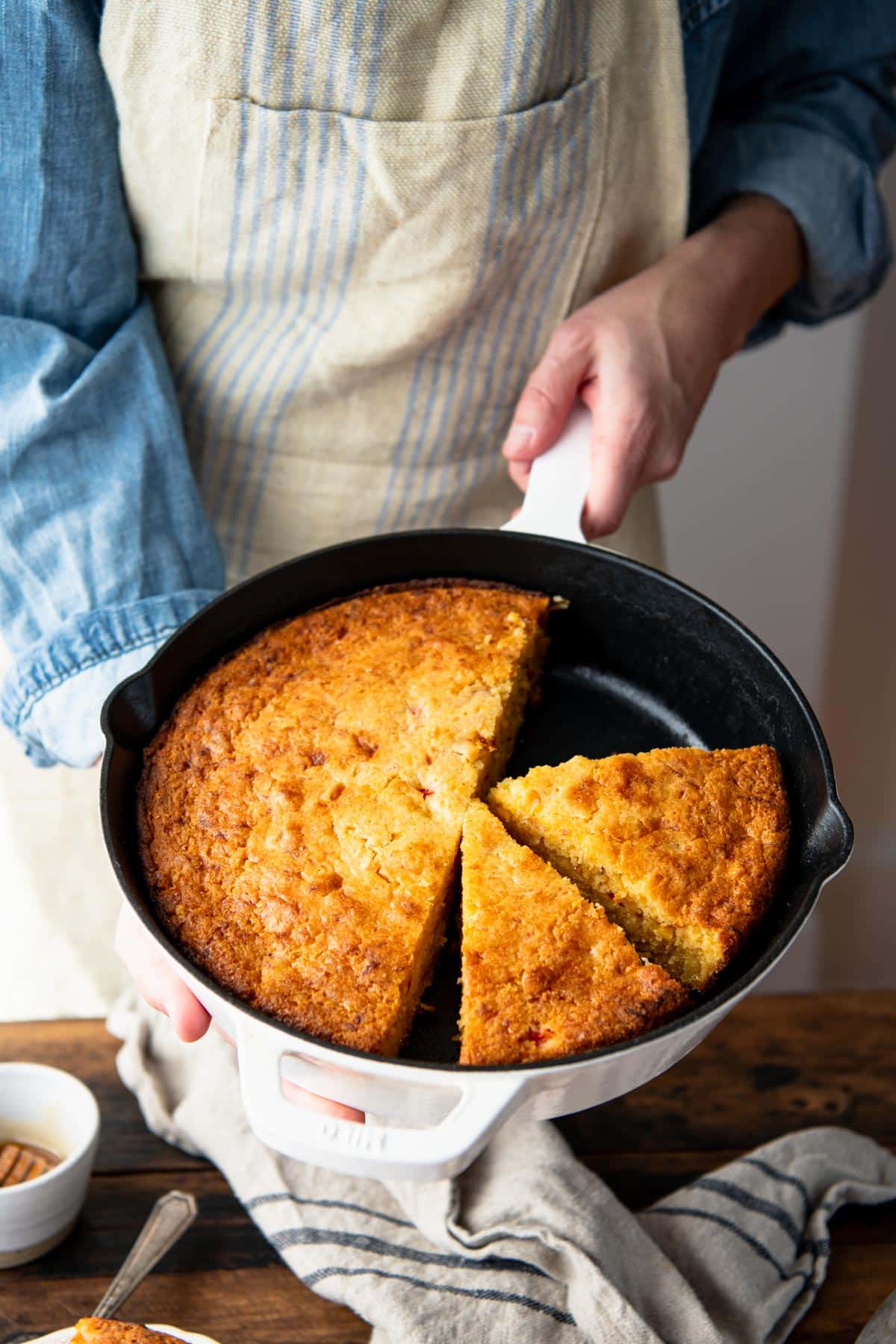
Table of Contents
- History
- What is cast iron cookware made of?
- Function (What Cast Iron Cookware is Used For)
- Benefits of Cooking with Cast Iron
- How to Care for Cast Iron Cookware
- How to Re-Season Rusty Cast Iron Cookware
- How to Fix a Sticky Cast Iron Pan
- Temperature Limits
- Cast Iron and Induction
- Cast Iron Alternatives
- Buying Guides
If you’re looking for cast iron recipes that make the most of your equipment, don’t miss our popular Dutch oven pork roast with gravy, a classic pot roast, this deep-dish pizza, a Dutch oven roast chicken, our go-to cast iron cornbread, and a sweet cranberry-apple crisp for dessert, too!
History
Cast iron cookware has a rich history that dates back centuries. Its origins can be traced to ancient China, where the first cast iron artifacts were created. However, it was in Europe during the 18th century that cast iron cooking vessels became widely popular. Over time, this durable and versatile material found its way into kitchens around the world, becoming a staple in both professional and home kitchens.
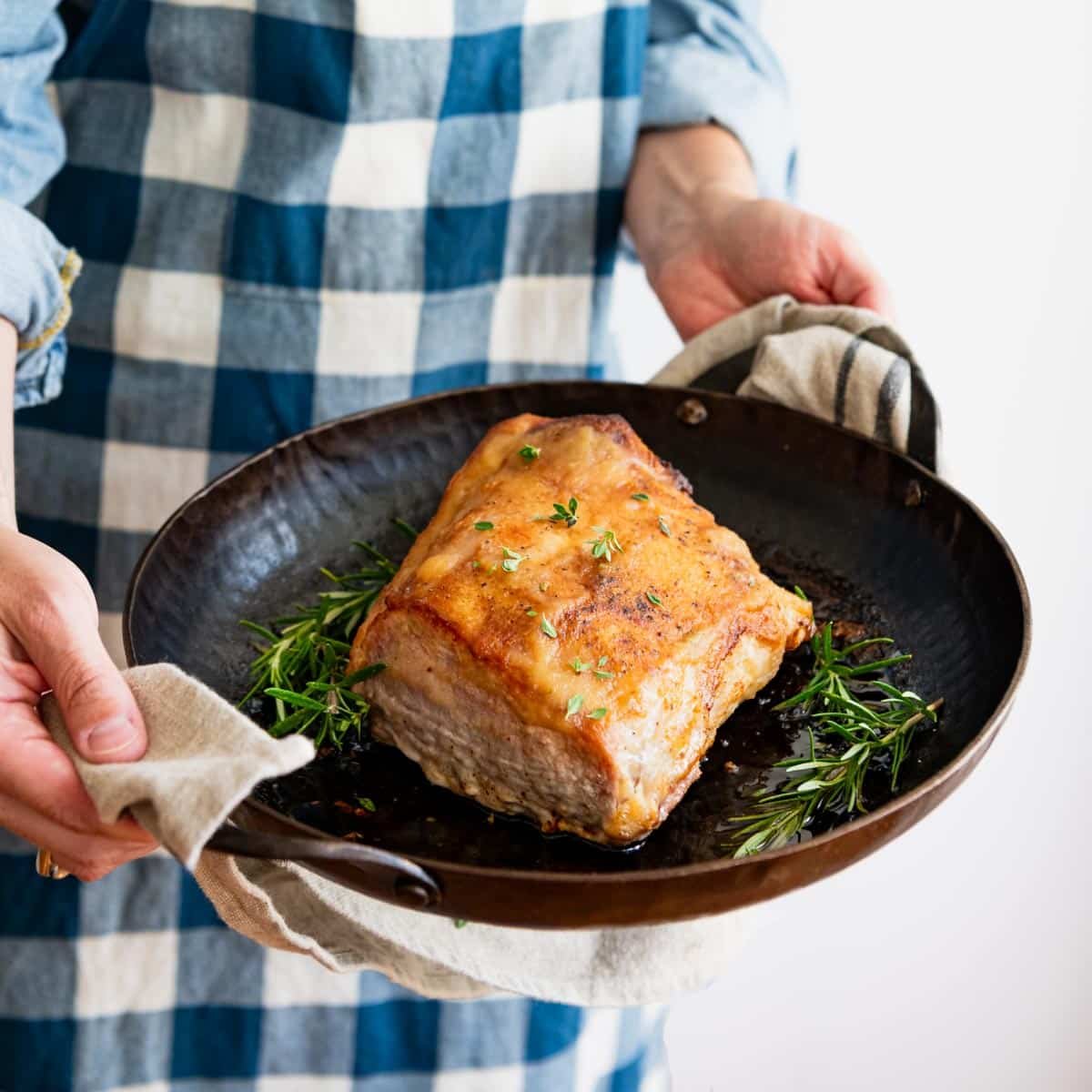
What is cast iron cookware made of?
Cast iron is an alloy primarily composed of iron, carbon, and silicon. The process of making cast iron involves melting iron and adding the other elements to create a durable and heat-retaining material. The casting process involves pouring the molten metal into molds, resulting in the familiar thick and heavy pans that define cast iron cookware.
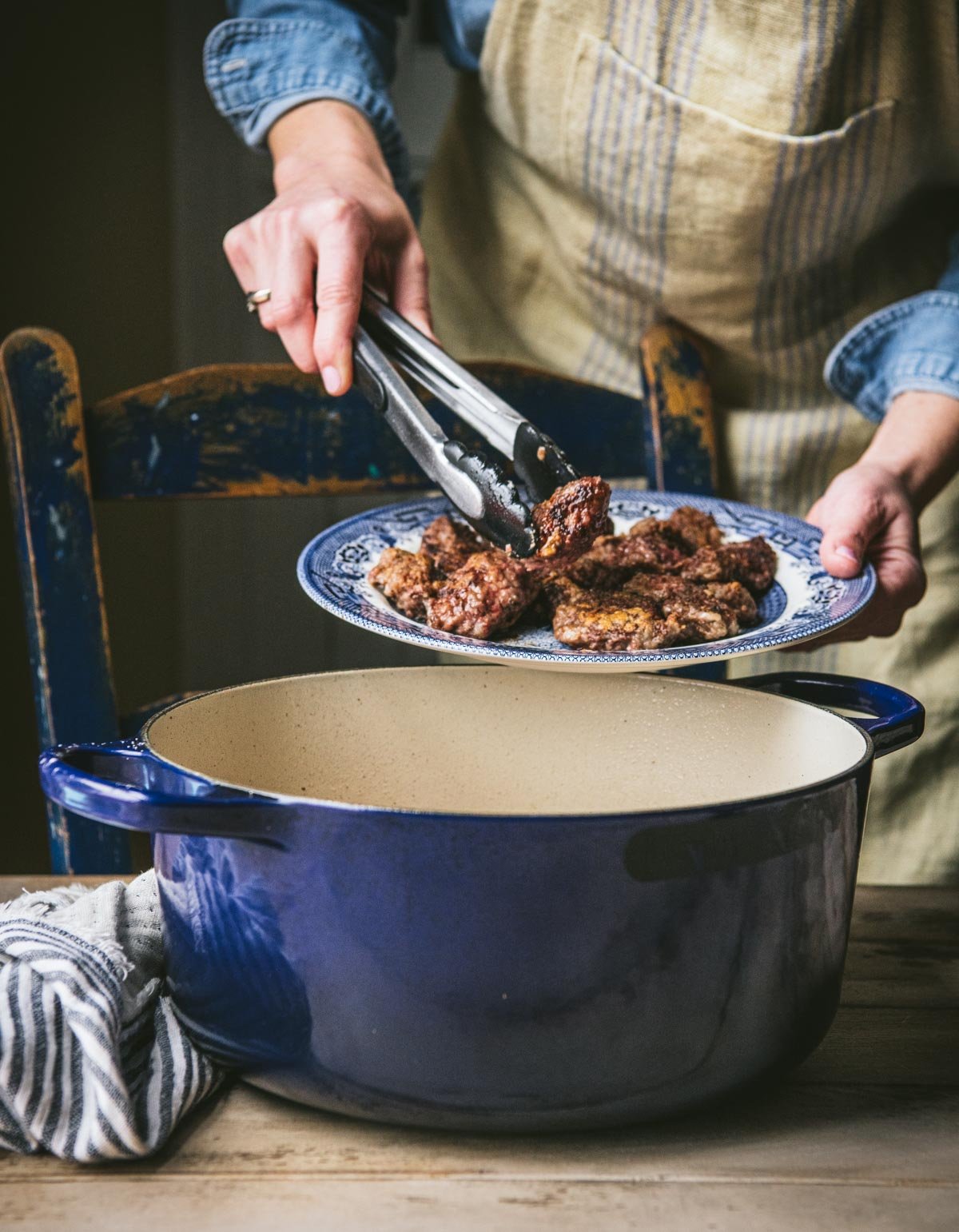
Function (What Cast Iron Cookware is Used For)
Cast iron cookware is known for its versatility and can be used for a wide range of cooking methods. From frying and sautéing to baking and even grilling, cast iron pans excel in retaining and distributing heat evenly. Their ability to go from stovetop to oven makes them a go-to choice for many chefs, and they are perfect for slow-cooking dishes or creating a perfect sear on steaks.
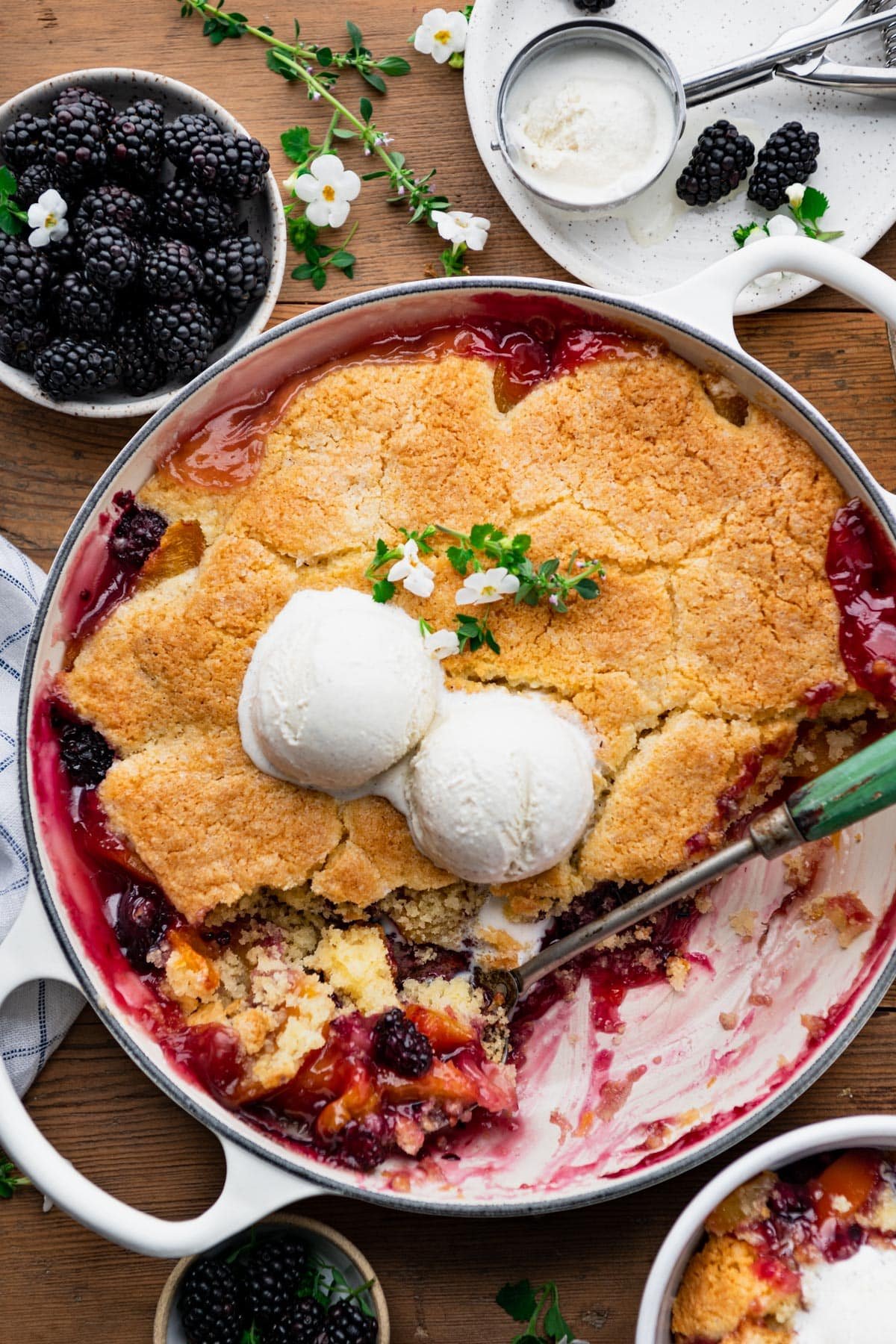
Benefits of Cooking with Cast Iron
There are a number of reasons that cast iron cookware has been such a popular choice in kitchens for generations.
Durability
Cast iron cookware is built to last a lifetime and beyond. With proper care, it can be passed down through generations, making it a sustainable choice. There’s nothing better than Grandma’s 100-year-old well-seasoned cast iron skillet!
Even Heating
One of the standout features of cast iron is its ability to distribute heat evenly. This ensures that your food cooks uniformly, reducing the risk of hot spots. The even heat of a cast iron pan helps to create a perfect golden brown crust on your food — whether you’re after a seared steak or crispy potatoes!
Versatility
From the stovetop to the oven, and even over an open flame while camping or grilling, cast iron pans can handle it all. They are perfect for a variety of cooking methods.
Natural Non-Stick Surface
As cast iron is seasoned with oil over time, it develops a natural non-stick surface. This makes cooking and cleaning easier, with less need for added fats. Yes, you can even cook eggs in a cast iron skillet!
Healthy
Yes, that’s right — cooking with cast iron can be a healthy choice! When properly seasoned and maintained, the pans develop a non-stick surface without the use of chemical coatings. Additionally, cooking in cast iron can add a small amount of iron to your food, which can be beneficial for individuals with iron deficiencies.
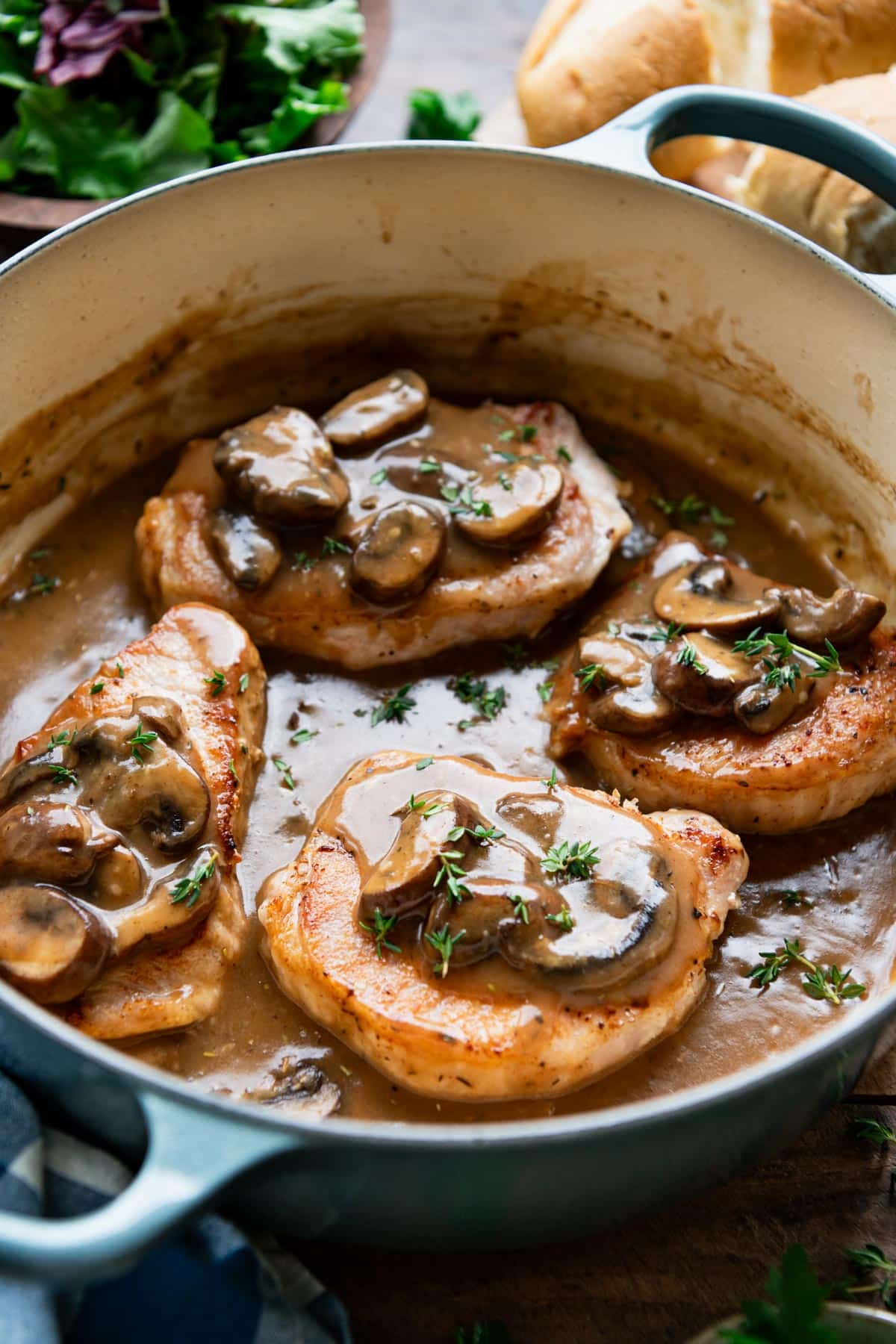
How to Care for Cast Iron Cookware
Don’t be intimidated by the myths surrounding cast iron. Caring for this cookware is actually quite simple!
Cleaning
Mild or gentle dish soap is perfectly fine for washing a cast iron skillet when necessary. Avoid using harsh soap, which can strip away the seasoning. Instead, use a brush, sponge, or scraper to remove food particles, and rinse with hot water. Never put a cast iron skillet in the dish washer unless it’s enamel-coated and specifically designated as “dishwasher safe” by the manufacturer.
Drying
Always dry your cast iron thoroughly after washing to prevent rust. You can place it on a low flame to evaporate any remaining moisture.
Seasoning
Once the skillet is clean and dry, it’s good to season your cast iron by applying a thin layer of oil (such as canola oil or vegetable oil) before storing it. Seasoning is just a fancy term for the oil baked onto the cast iron pan. It’s what gives your skillet that classic black patina look. This helps maintain the non-stick surface and prevents rust. Check out our list of the best oils for seasoning cast iron if you’re in the market!
Storing
Store your cast iron pans in a dry place to prevent rust. You can place a paper towel or cloth in the pan to absorb any moisture.
Utensils
Since cast iron is the most durable metal you can cook with, any utensils are fine — including silicone tools, wooden spoons, and even metal spatulas.
Acidic Foods
In small quantities, acidic or alkaline foods like tomatoes, tomato sauce, and lemon juice are perfectly safe for cast iron cooking. Be aware, though, that large amounts of very acidic or alkaline foods can break down the seasoning when cooked for extended periods of time. If this happens to you, just re-season your cast iron according to the tips below.
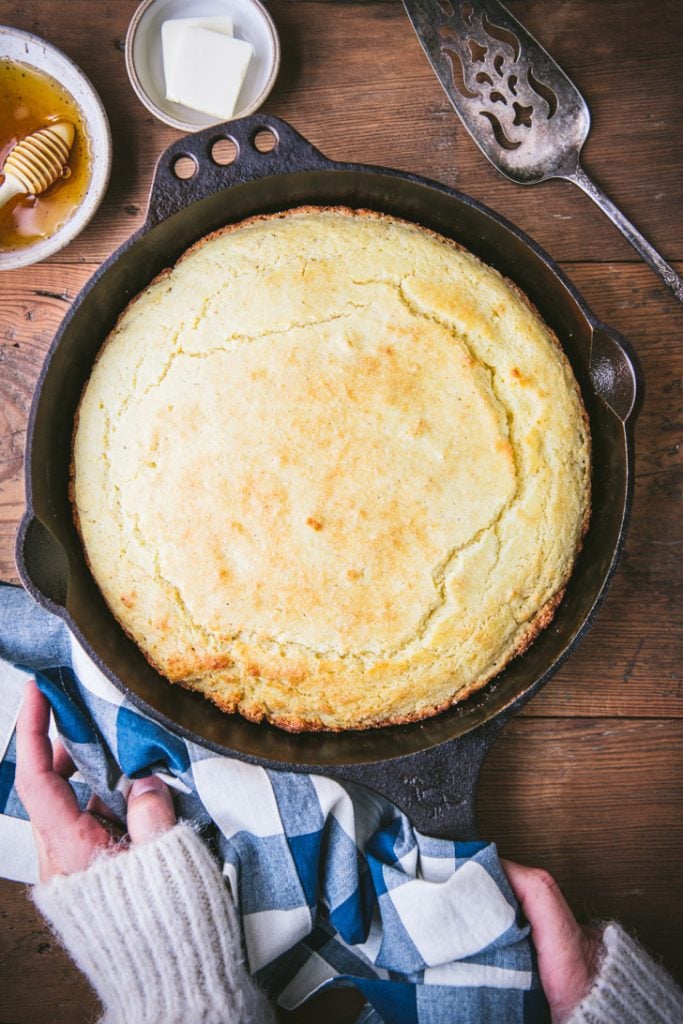
How to Re-Season Rusty Cast Iron Cookware
If you’ve been gifted a rusty cast iron skillet or made a few accidents with your existing one, you don’t need to donate or throw it out. There is an easy technique to remove that rust so it looks good as new! I like the process vlogger “A Chef and His Spoon” outlines in this video, using a 50-year-old pan once owned by his grandmother. You can use vinegar and baking soda paste to scrub the interior, then wash it with warm, soapy water, and season with canola oil as normal. Good as new!
How to Fix a Sticky Cast Iron Pan
If your cast iron cookware is sticky after you season it, it’s likely that the pan is over-seasoned. In other words, you put too much oil on it (just a very thin coating is all it takes). To remedy this situation, just line the bottom of your oven, heat it to 450-500°F, and place your skillet upside down on a rack inside the oven so that the excess oil drips off over the course of an hour. Turn the oven off and let the pan cool, and if it’s still sticky, just repeat the process as needed.
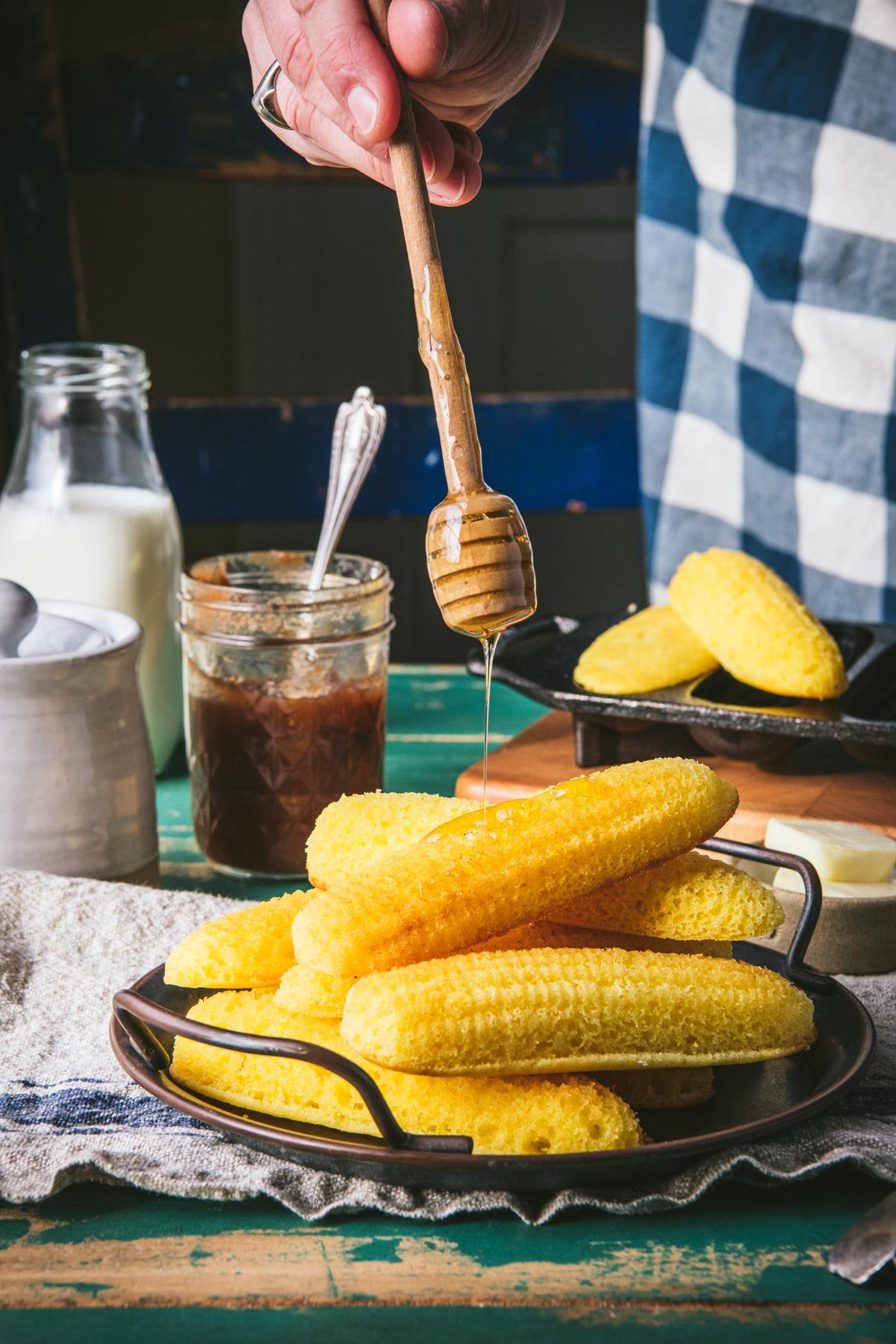
Temperature Limits
Cast iron is known for its ability to withstand high temperatures, making it suitable for a variety of cooking methods. However, it’s essential to avoid sudden temperature changes, such as placing a hot pan under cold water, as this can cause cracking.
Cast Iron and Induction
Certain cast iron pans can be perfectly safe for use on an induction cooktop. You’ll want to be careful that you don’t scratch the surface of your induction cooktop, so be carefully when moving the skillets around. For more specific tips and information about cooking with cast iron on induction, check out this article.
Cast Iron Alternatives
If the weight and maintenance of cast iron are a concern, there are alternative materials that offer some similar benefits, such as carbon steel and enameled cast iron. These options provide a lighter alternative while retaining excellent heat retention and distribution.
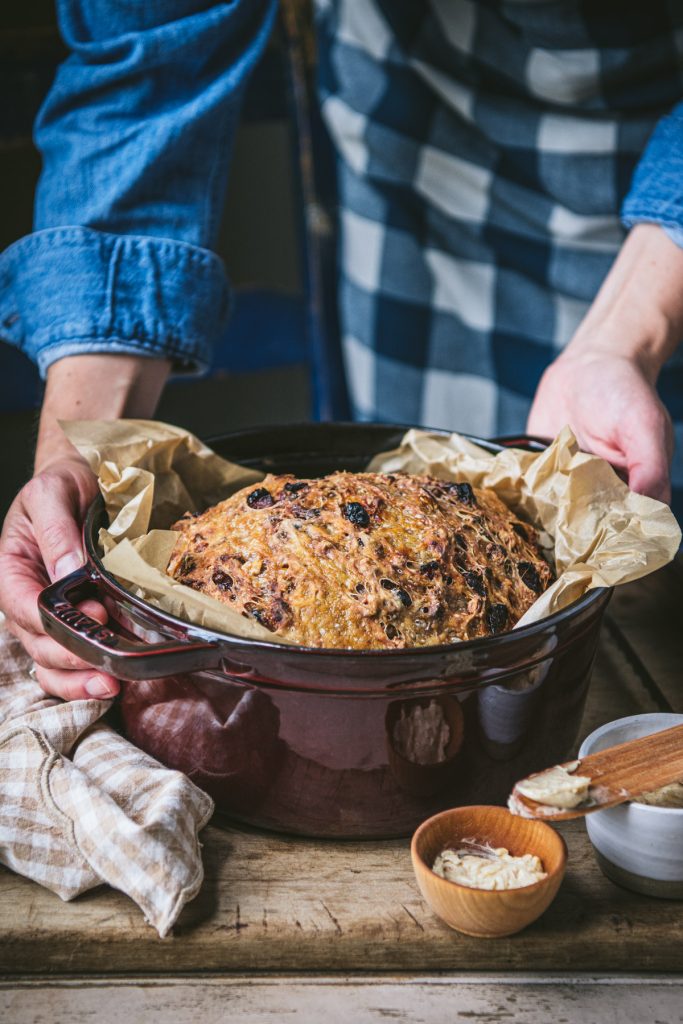
Buying Guides
If you’re ready to explore cast iron cooking and purchase some new equipment, be sure to check out these helpful resources:
In conclusion, cast iron cookware is a timeless and reliable choice for home cooks and professional chefs alike. With proper care, it can be a valuable addition to your kitchen, offering a versatile and durable cooking surface for a wide range of culinary adventures. Happy cooking, friends!
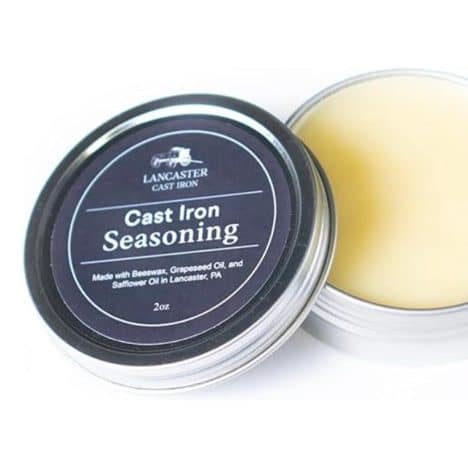
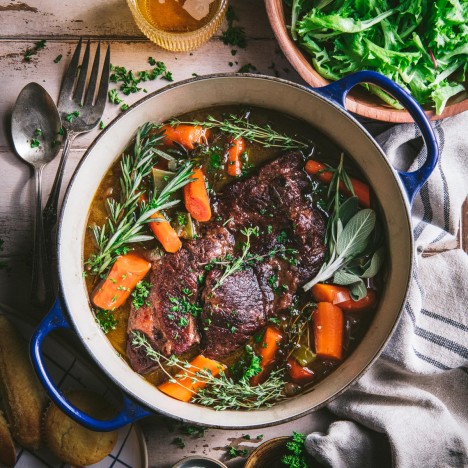
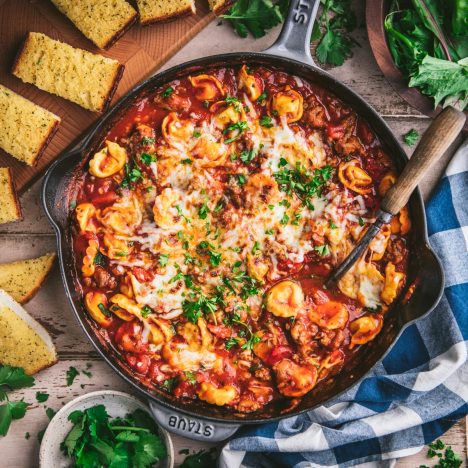
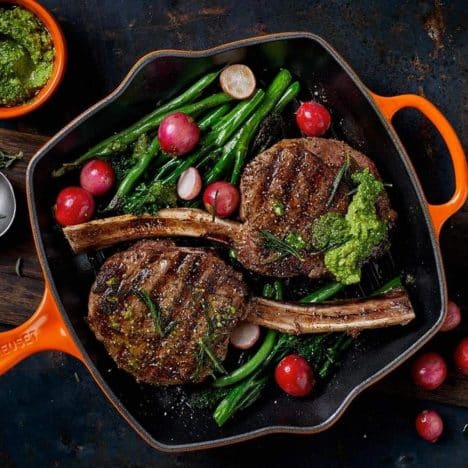

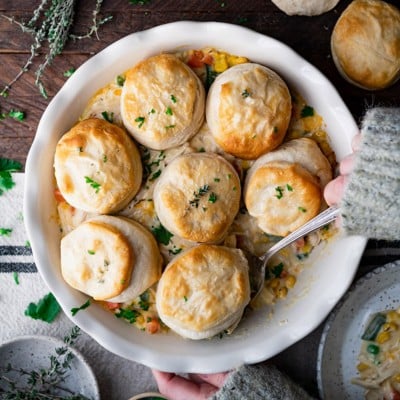
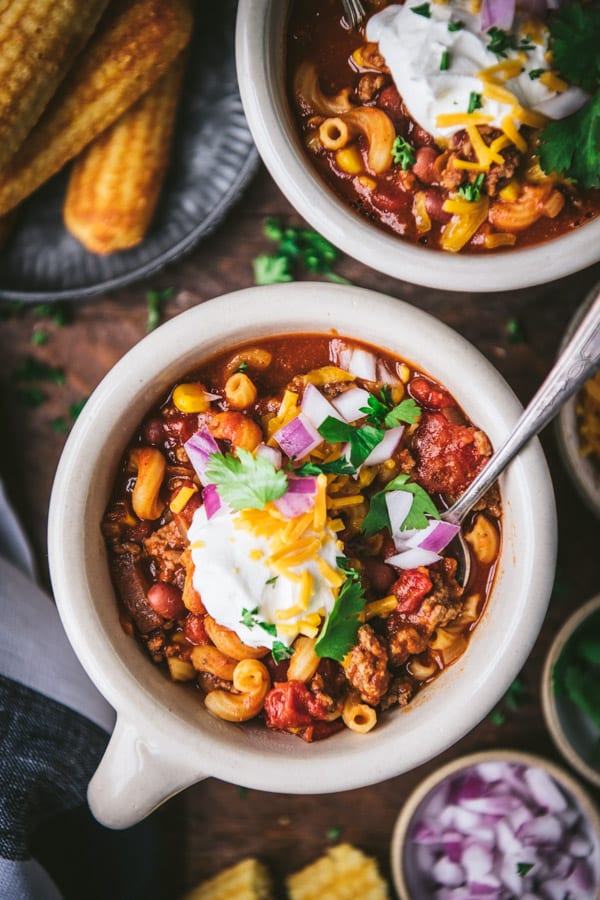
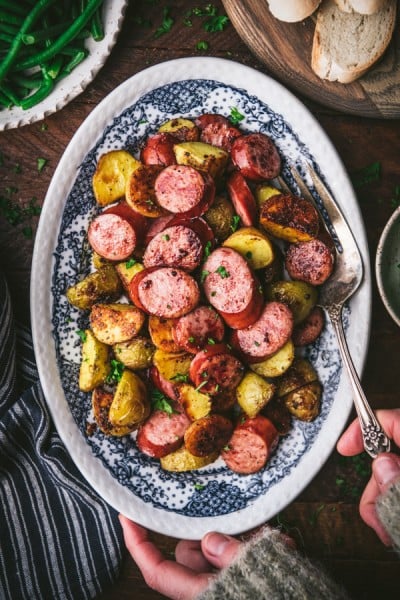








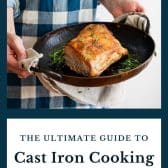
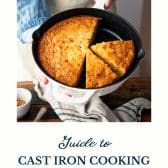
Great
Thanks, Catherine!